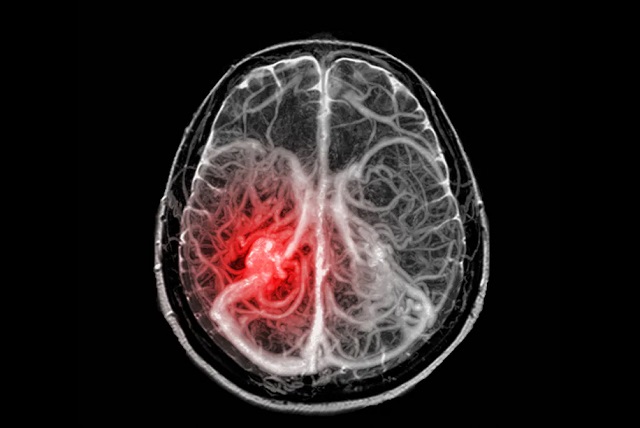Understanding the Global Stroke Challenge
The Alarming Stroke Prediction
Stroke prevention methods are critically important in addressing the alarming prediction of a 50% increase in global stroke deaths by 2050. This could result in up to 9.7 million annual fatalities. Currently, stroke stands as the second-leading cause of death worldwide, significantly contributing to disabilities, dementia, and other health issues.
Contributing Factors and Disparities
Factors Behind Rising Stroke Deaths
Inadequate healthcare resources, coupled with a lack of prevention programs, pollution, and lifestyle choices, play a significant role in contributing to the surge in stroke cases.
Disparities in Stroke Impact
Notably, younger populations and low- and middle-income countries face a disproportionate impact, which further emphasizes the need for accessible and effective stroke prevention methods.
Economic Consequences and Global Health Goals
The Weight of Stroke on Economies
The economic impact of stroke is substantial. Furthermore, there are expectations of significant cost increases related to treatments and lost income, which will place a considerable burden on healthcare systems.
Challenges in Meeting Global Health Targets
Despite international goals to reduce noncommunicable diseases, including stroke, by 2050, substantial challenges persist in achieving these ambitious targets.
Preventability and Treatability
Preventing Stroke Through Lifestyle Choices
Adopting a healthy diet, engaging in regular exercise, and quitting smoking are essential measures that can significantly reduce the risk of stroke. In addition, monitoring and managing conditions like hypertension are crucial.
Effective Treatment and Management Strategies
It’s important report to note that stroke is both preventable and treatable with timely intervention and comprehensive management.
Practical Approaches for a Safer Future
Creating Awareness
Raising awareness about stroke risk factors, prevention, and the importance of early treatment is not only essential but also a proactive step in reducing the impact of stroke on individuals and communities.
Enhancing Surveillance and Early Intervention
Early detection, coupled with swift intervention, can significantly reduce the impact of stroke on individuals and the healthcare system, creating a win-win situation for all.
Improving Treatment Options and Global Collaboration
International collaboration plays a pivotal role in driving research, developing better treatment options, and implementing preventive strategies more effectively.
In light of these challenges, it’s imperative to take urgent action to reduce the growing burden of stroke. Employing effective stroke prevention methods, embracing lifestyle changes, and conducting awareness campaigns. And fostering global cooperation are key elements in ensuring a healthier future for individuals and communities worldwide.




[…] […]